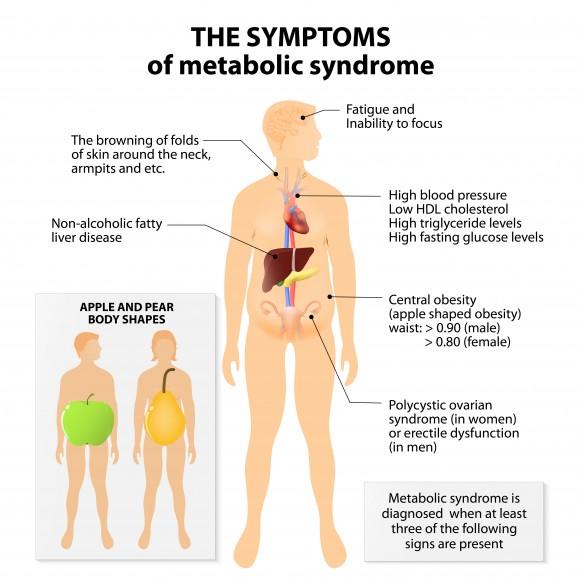Men with metabolic syndrome are at higher risk of prostate growth and cancer.
The new data come from a five-year study, published in the journal “Urology” in October, that looked at 1,088 adult men over the age of 40. Researchers found that obese men and those who were newly diagnosed with metabolic syndrome experienced faster-than-normal growth of the prostate gland. Metabolic syndrome is a collection of symptoms including high blood sugar and pressure, abnormal cholesterol levels, and excess fat around the waist.
The study’s results are in line with previous research findings on the issue and make it clearer than ever that men with an unhealthy weight profile and/or metabolic syndrome are putting themselves at greater risk of developing an enlarged prostate.
Also known as benign prostatic hyperplasia (BPH), enlarged prostate is a common issue for older men. When the prostate grows too large, it squeezes the urethra, the tube running through the center of the prostate gland that carries urine and semen out. Over time, the expanding prostate restricts the flow of urine.
BPH does not lead to prostate cancer, but the two conditions can coexist.






